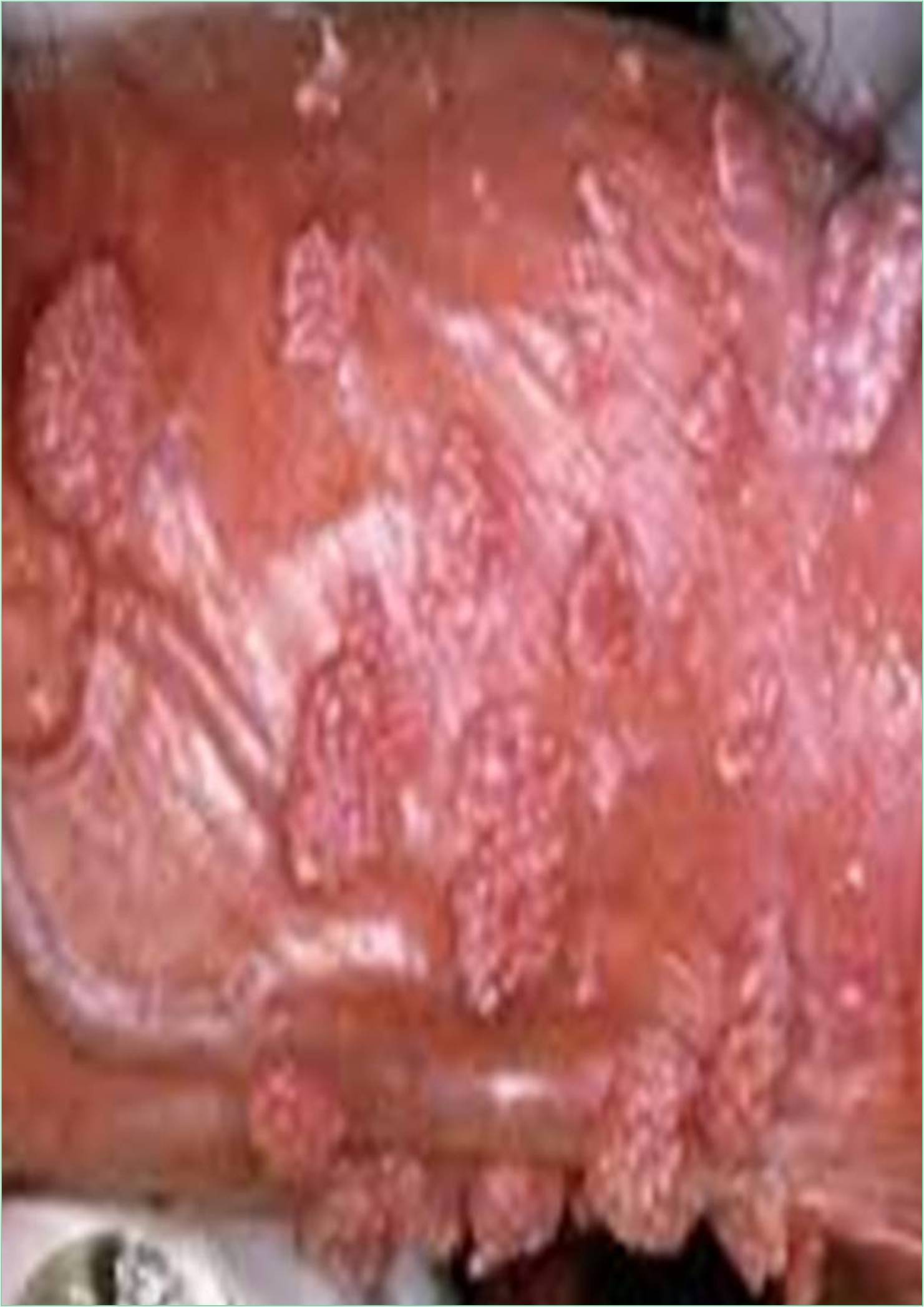



Received: 15-Nov-2022, Manuscript No. GJV-22-85353; Editor assigned: 18-Nov-2022, Pre QC No. GJV-22-85353 (PQ); Reviewed: 09-Dec-2022, QC No. GJV-22-85353; Revised: 16-Dec-2022, Manuscript No. GJV-22-85353(R); Published: 23-Dec-2022, DOI: 10.35841/GJV.22.10.028
Four common pathological conditions are associated with vaginal discharge: Bacterial Vaginosis (BV), Aerobic Vaginitis (AV), candidiasis, and the sexually transmitted disease trichomoniasis. Chlamydia or gonococcal infection of the cervix can cause vaginal discharge. Vaginal discharge can be caused by a variety of other physiological and pathological conditions, including atrophic vaginitis, Desquamative Inflammatory Vaginitis (DIV), cervicitis and mucosal appearance. Psychosexual problems can manifest as recurrent episodes of vaginal discharge and vaginal burning. They should be considered if tests for certain infections are negative. Many of the symptoms and signs are non-specific, and many women may have other conditions such as a vulvar rash or allergic and irritant reactions (Secor, 1997).
Initial presentation can be either to a general practitioner or to a urogenital unit, and this decision can be influenced by what the patient perceives as the cause of the discharge. In many cases, a woman could treat the bleeding herself with over-the-counter products before going to the doctor. Sometimes women refuse to listen out of fear or confusion. Vaginal discharge is a nonspecific symptom and requires investigation and proper investigation to determine the correct diagnosis (Murphy, et al. 2008). Vaginal discharge is the most common gynecological symptom in adolescent girls and can cause repeated clinical episodes. Vulvovaginitis is the most common cause and often responds to simple hygiene procedures. It is important to know the less common causes of vaginal ulcers.
Olfaction is a prerequisite for normal mating and social behavior in male Syrian hamsters (Mesocricetus auratus). Four experiments were conducted to determine the effect of discharge from the vagina of a female hamster, a possible source of socially important pheromones, on the behavior of male hamsters.
The final diagnosis of any infection is based on clinical symptoms, examination, vaginal secretion pH and microscopic findings, and in the case of television, additional laboratory tests. The sample taken from the bed is removed from the vaginal wall with cotton. It can be done by a doctor or collected by the woman herself (Tartaglia et al., 2013). The cotton is insignificant. An elevated pH (>5) indicates BV or trichomoniasis and is almost always normal in Candida infections. Live microscopy should be performed immediately if possible.
The occurrence of genital ulcers and abnormal vaginal discharge was compared with laboratory diagnoses of sexually transmitted diseases. Only three participants developed genital ulcers during the follow-up period, and none were present at enrollment. All of these women were positive for HSV-2 IgG antibodies before the ulcer episode. However, only one of these women tested positive for HSV-2 after receiving an etiological diagnosis (Zuckerman et al., 2016). Two other women were negative for all ulcer-causing organisms tested (T. pallidum, H. ducreyi, C. trachomatis, HSV-2 and C. granulomatis).
Bacterial vaginitis and yeast infection are the most common causes of vaginal ulcers. However, several other possible causes, both infectious and non-infectious, must be considered in the differential diagnosis (Marrazzo et al., 2002). In case of infection, the treatment depends on the isolation of the pathogen, the initiation of appropriate antimicrobial therapy and, if necessary, the treatment and monitoring of both the patient and his sexual contacts.
Abnormal vaginal discharge is characterized by a change in color, consistency, volume and/or odor and may be accompanied by symptoms such as itching, tenderness, dysuria, pelvic pain or menstrual or post-coital bleeding. Normal physiological discharge from the vagina is a white or clear, non-deep discharges that can change over time. It is thick and sticky during most of the menstrual cycle, but becomes clearer, moister and tighter for a short time during ovulation. It is more severe and noticeable during pregnancy, during the use of contraceptives and during sexual stimulation. Its volume decreases during menopause due to a decrease in estrogen levels.
Secor R. (1997). Vaginal microscopy: Refining the nurse practitioner’s technique. Clinical Excellence for Nurse Practitioners. 1:29–34. [Google Scholar]
Murphy R, Edwards L. (2008). Desquamative inflammatory vaginitis: what is it? J Reprod Med 53:124–8. [Google Scholar] [PubMed]
Tartaglia E, Giugliano B, Ucciferri C, Giannattasio A, Giuliano P, Iannaccone VL, et al. (2013). Vulvo-vaginitis in prepubertal girls: new ways of administering old drugs. J Pediatr Adolesc Gynecol 26:277–80. [Cross Ref] [Google Scholar] [PubMed]
Zuckerman A, Romano M. (2016). Clinical recommendation: vulvovaginitis. J Pediatr Adolesc Gynecol 29:673–9. [Cross Ref] [Google Scholar] [PubMed]
Marrazzo JM, Koutsky LA, Eschenbach DA, Agnew K, Stine K, Hillier SL. (2002). Characterization of vaginal flora and bacterial vaginosis in women who have sex with women. J Infect Dis 185:1307–13. [Cross Ref] [Google Scholar] [PubMed]